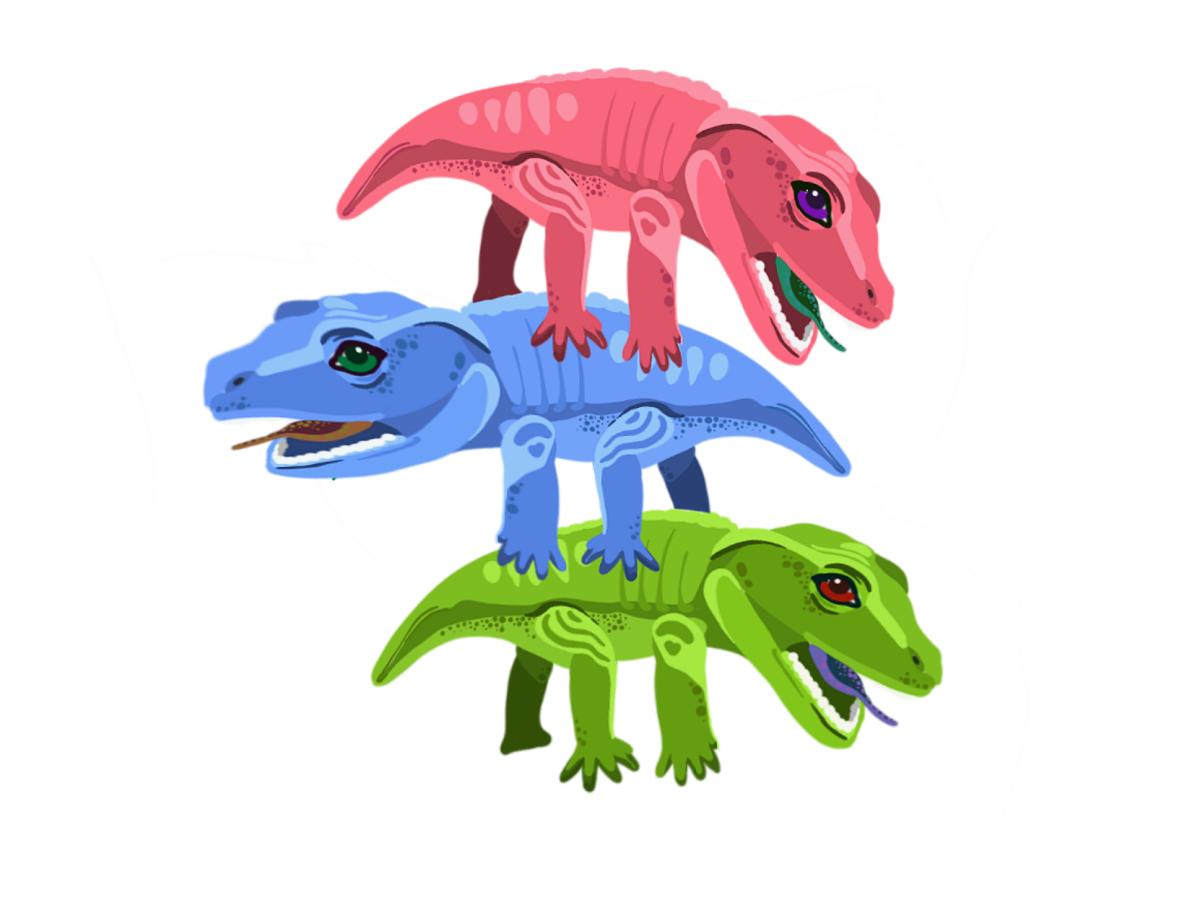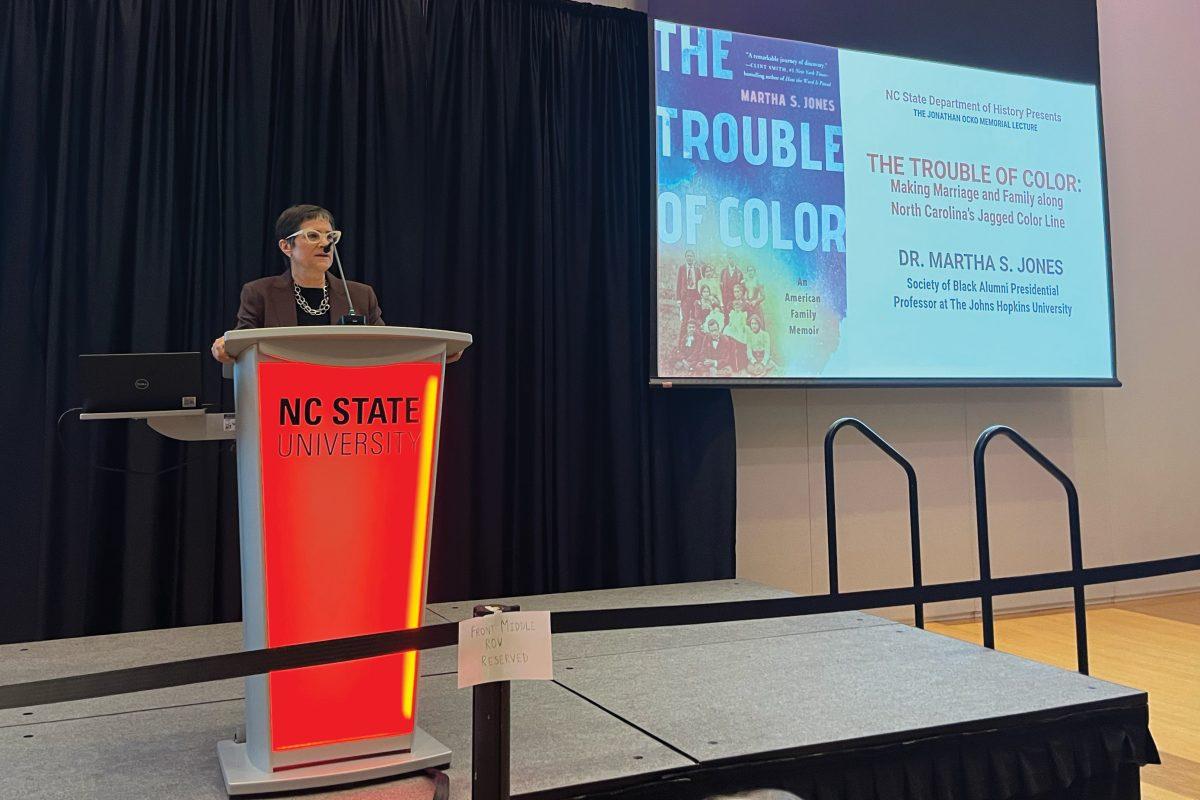The NC Museum of Natural Sciences is exhibiting “Life Before Dinosaurs: The Permian Monsters” until Sept. 4. The exhibit features casts of fossils from 250 to 300 million years ago, as well as animatronic animals from the Permian Age.
According to Javan Sutton, the head of exhibits at the NC Museum of Natural Sciences, the special exhibition committee wanted to display an exhibit that would be interesting and informative to all ages.
“A lot of times, we try to diversify the exhibits that we bring, but really, in the summertime, we want to bring exhibits that a younger audience can appreciate and really enjoy,” Sutton said. “The exhibit is just a fascinating look into these creatures that look so strange and different from what we’re used to seeing; these are not dinosaurs. These are the creatures that live before dinosaurs. And a lot of the creatures with it in the exhibit are actually really distant relatives of ourselves.”
According to Dr. Christian Kammerer, the research curator of paleontology at the NC Museum of Natural Sciences, the exhibit displays 50 millions years of proto-mammal fossils sourced from around the world.
“We have everything from fossils from North Carolina, from the American Southwest, to South Africa, to Russia, South America,” Kammerer said. “It’s sort of a global view of Permian life. And this is to reflect the fact that during the Permian [Age], it was the time of Pangea, so it was one super continent. So the, you know, animals that lived in Siberia could migrate down to Antarctica, and you can actually see some of the same species living all over the world.”
Although the exhibit is hosted by a third-party company, the museum modified the display by adding additional artifacts and adding Spanish translations to all graphics.
“We added quite a bit to it,” Sutton said. “It comes with the basic pieces, but we really wanted to push it even further than what the exhibit originally came as. So we added diorama elements. We completely changed the lighting of the exhibit to make it a lot more theatrical, and really set you in the Permian age, but have some fun with it as well … Then we added Spanish translations on top of it. There was a lot that we did to modify and change for our institution in our museum.”
According to Kammerer, the Permian Age ended with the worst mass extinction in Earth’s history, in which about 90% of life was wiped out. A period of global warming led to this extinction, caused by giant volcanoes spewing greenhouse gases into Earth’s atmosphere for around 100,000 years. Geological events and changes in weather patterns that happened leading up to this extinction are similar to changes global warming is causing now, Kammerer said.
“Basically, what’s happening at the end of the Permian is due to greenhouse gases,” Kammerer said. “We’re seeing geological evidence, strong evidence in case of global wildfires, increased intensity of summer storms deoxygenation of the ocean, oxygen levels dropping and a lot of oceanic animals dying out [due to] increase in ocean acidification and the death of coral reefs and eventually even suffocation of the animals on the land due to reduced oxygen.”
More information about the exhibit and ticket prices can be found here.












